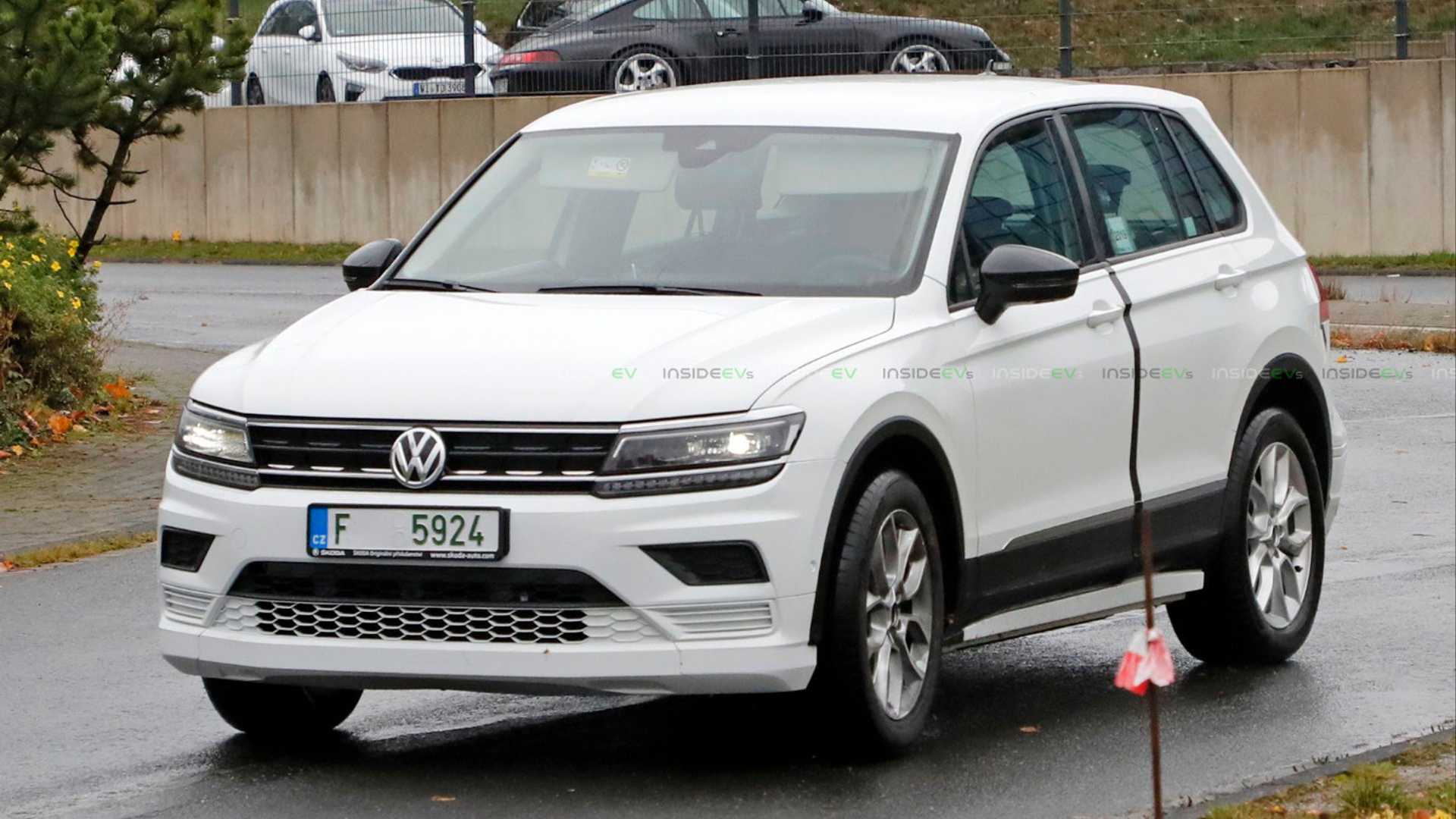Original Article
Tag: VW
New 2020 Aston Martin DBX: first undisguised spy shots
A fresh suite of images showing an uncamouflaged Aston Martin DBX have appeared on the Spanish website AutoPista, ahead of the car’s planned launch in early 2020. The pictures show the SUV’s styling in full, giving us our first look at its exterior brightwork and production-ready panelling. The styling of this leaked Aston Martin DBX… Continue reading New 2020 Aston Martin DBX: first undisguised spy shots
Volkswagen Group delivers more vehicles in September
Original Article
CATL starts construction of its first overseas factory in Germany
ERFURT, Germany, Oct. 18, 2019 /PRNewswire/ — A groundbreaking ceremony for the first overseas factory of the world’s leading lithium-ion battery maker Contemporary Amperex Technology Co. Limited (CATL) took place on October 18 in Thuringia, a state in east-central Germany, marking the start of construction of the first lithium-ion battery factory in Germany. “Germany is home… Continue reading CATL starts construction of its first overseas factory in Germany
AB Volvo warns of demand slump as truck orders plunge
STOCKHOLM (Reuters) – Swedish truckmaker AB Volvo (VOLVb.ST) reported a sharp decline in third-quarter orders and forecast a demand slump on both sides of the North Atlantic next year, taking the shine off forecast-beating earnings. FILE PHOTO: The logo of Swedish truck maker Volvo is pictured at the IAA truck show in Hanover, September 22,… Continue reading AB Volvo warns of demand slump as truck orders plunge
AB Volvo truck orders tumble as markets hit brakes in third-quarter
STOCKHOLM (Reuters) – Sweden’s AB Volvo (VOLVb.ST) on Friday reported a sharp fall in order intake of its trucks in the third quarter and forecast slumping market demand on both sides of the North Atlantic next year, taking the shine off forecast-beating earnings. FILE PHOTO: The logo of Swedish truck maker Volvo is pictured at… Continue reading AB Volvo truck orders tumble as markets hit brakes in third-quarter
Volkswagen AG Granted More Time to Test Compliance Programs under its U.S. Monitorship
Original Article
ŠKODA presents design sketches of new OCTAVIA
The design sketches show the OCTAVIA liftback’s elongated, flowing silhouette marked by a coupé-like roofline. A distinctive new front section, large wheels and tail lights with crystalline elements add further highlights. The best-seller’s fourth generation will continue its unique success story. Originally launched a good sixty years ago, the OCTAVIA is a true volume model… Continue reading ŠKODA presents design sketches of new OCTAVIA
Škoda’s First MEB-Based Test Mule Spotted In VW Tiguan Skin
This is not a regular Volkswagen Tiguan. It’s Škoda’s test mule of first MEB-based EV (most likely ID.4 counterpart). Škoda, after launching two plug-in models (CITIGOe iV BEV and Superb iV — both Volkswagen derivatives: e-Up! and Passat GTE), is now working on its next all-electric car, based on the new MEB platform. It’s expected that… Continue reading Škoda’s First MEB-Based Test Mule Spotted In VW Tiguan Skin
Romania resumes talks with Volkswagen on hosting new car plant – SeeNews
BUCHAREST (Romania), October 16 (SeeNews) – Romania has resumed talks with Volkswagen on hosting a new factory of the German carmaker after Volkswagen said it had postponed the final decision on whether to build the facility in Turkey, the Romanian ministry of business, commerce and entrepreneurship said. The announcement was made by Romania’s interim minister… Continue reading Romania resumes talks with Volkswagen on hosting new car plant – SeeNews
